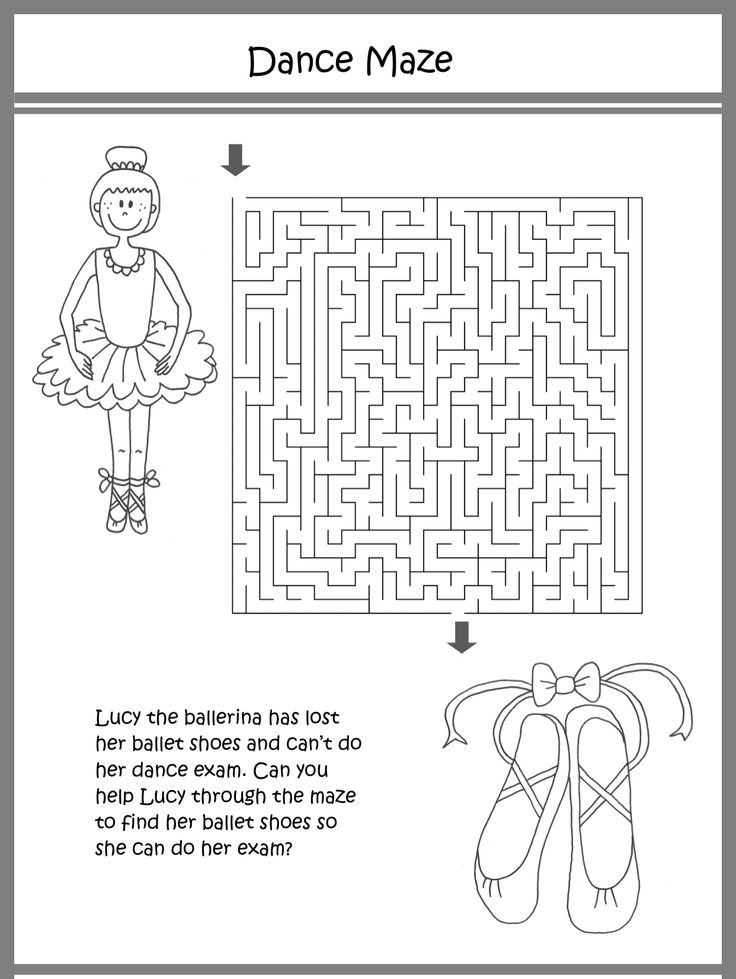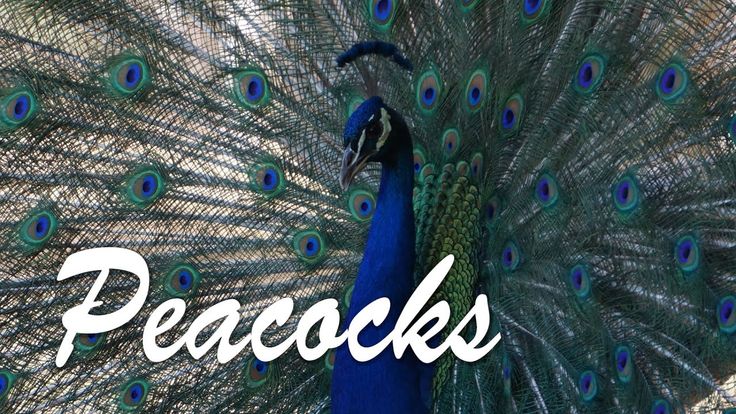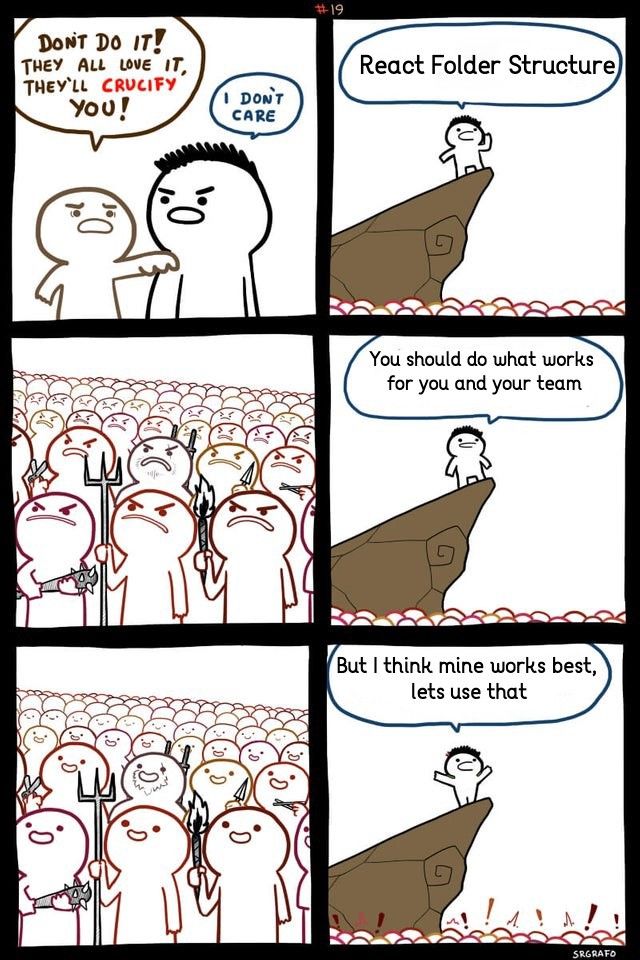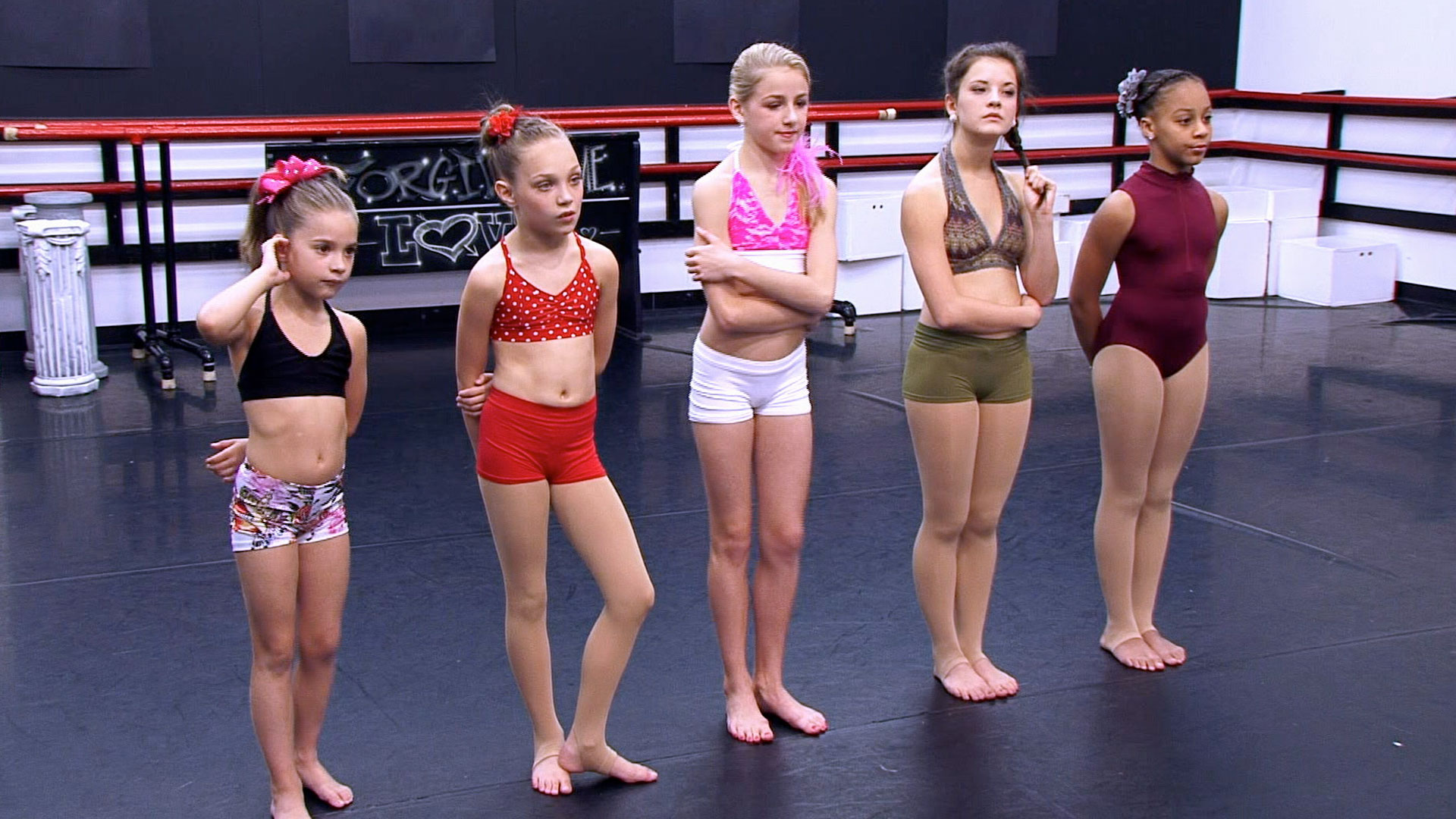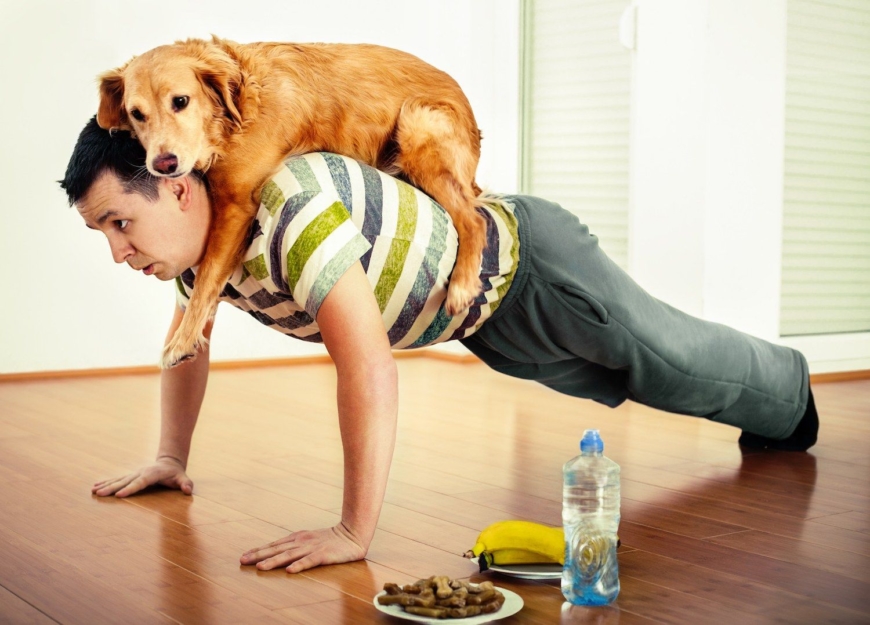How to tell if your a good dancer
Signs you're a better dancer than you think
4/8/2017
0 Comments
You spend a lot of your time dancing - going to class, practicing, stretching. Maybe you even wake up dreaming about dance! But sometimes you wonder where it's all taking you: are you actually getting better and how good are you at dancing, really? Self assessment is hard. When you're heavily immersed in your own training it can be difficult to get your head long above water long enough to look around and see where you're really at. The following are a few signs that you're actually doing better than you think as well as some hints to think about when you're looking for feedback.
External Feedback
External Feedback is all the feedback you get from those around you. It includes what your teacher and peers tell you, whether you're successful in an audition and even where you're placed in your troupe - front and center or down the back. A class mate asking you to help them with that new section of chorey is also a form of positive feedback because it shows they believe you know what you're doing!
Shifting goal posts - a warning.
The problem with external feedback is that it can change depending on your surroundings. You could find yourself receiving a lot of positive feedback in one class where you compare well to those around you but being overlooked in another class where the standards are much higher.
External feedback can be useful if you're able to adjust your expectations according to your surroundings. But that can be pretty difficult to do! Therefore, it's my opinion that you're much better off if you can self-assess without relying on those around you. And that's why the 7 measures I've listed below all focus on internal feedback and self-assessment.
So, what are the signs that you're a better dancer than you think ? Well.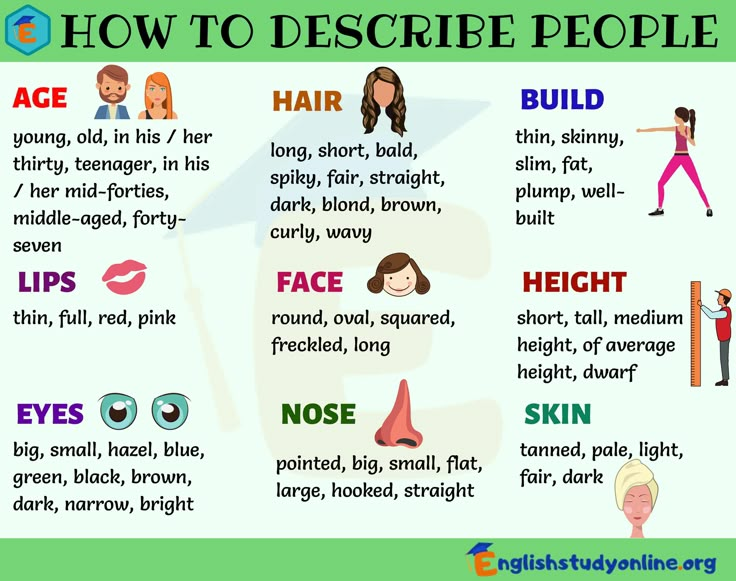 ...
...
1. You're always in class.
Ok, ok, this seems pretty basic, but let me explain. I've taught dance to all ages for a number of years and in that time I've come across some beautiful dancers and some dancers who have managed to improve an exceptional amount over a very short period of time. One of the things these dancers all have in common is that they're always in class. They never miss a week. If you're always in class and paying attention, you're almost definitely improving and you're giving yourself the best chance you can to reach your full potential. This brings me to my next point...
2. You always apply corrections.
Another thing the best dancers I've come across all have in common is that they soak up corrections like a sponge. As soon as they hear something they can improve, they're engaged, practicing the correction in the mirror. If this is something you do, chances are you've already got some good technique and if you keep this habit up, you'll continue to improve.
3. You practice
This one's fairly self-explanatory but in short: if you make regular time to practice each week, stretching, conditioning or going over what you've learned, you're giving yourself the best chance of getting better quickly - chances are you've already improved a lot and will continue to do so.
4. You can do things now that you couldn't do a year ago
Think back to where you were a year ago. Are there things you can do now which you couldn't then? Good dancers become great by continuing to advance. Good skills take time to develop and if you've been continuing to improve for a number of years, chances are you've already reached at least a good level of skill.
5. It's your passion
In my experience, the student who has the dedication and commitment which comes with a love for what they're doing will often achieve greater results in the long-term than the student with natural facility but no passion for what they're doing. Do you love dance? This passion has helped you get to where you are today and will give you the motivation and commitment to keep improving.
Do you love dance? This passion has helped you get to where you are today and will give you the motivation and commitment to keep improving.
6. You put in the hours
In the early 90's, journalist Malcolm Gladwell popularized the notion that to be an expert in any field requires 10 000 hours of deliberate practice. This theory was based on research done by psychologist Anders Ericsson who followed the progress of a group of violin students. There have since been shown many exceptions to this rule (for example the famous band The Ramones who achieved great success despite only very basic musical training).
Personally, I'm still a firm believer in the basic principal that time spent in quality training certainly equates to progress and 10,000 hours spent doing anything must bring you at least close to expert status. If you're currently dedicating a lot of time to quality dance training and have been doing so for a while, chances are you have developed some solid skills and you're paving the way to future success!
Calculate how close you are to achieving the Gladwell/ Ericsson 10 000 hour mark:
Example: (15hrs/wk x 40weeks/yr x 10 years = 6000 hours (ie - over half way to 'expert' status!)
Side Note: Let's crunch some numbers
So far we've focused mainly on 'soft' measures which can be great for giving you some indication as to where you're at. However, if you'd like some objective numbers to look at, I strongly recommend creating a log book. What you decide to include in your book will depend on your own goals. Here are some examples:
However, if you'd like some objective numbers to look at, I strongly recommend creating a log book. What you decide to include in your book will depend on your own goals. Here are some examples:
** Flexibility (eg how far down you are in splits, how close you can get your hands to your feet in bridge)
** Strength (how high can you get your leg in developé with square hips)
**Reliability of tricks (eg how many times you can land your triple pirouette in a row).
**Power (how high/ flat you can get your jete'/ split leap)
**Speed of picking up choreography
**Quality of movement/ interpretation of choreography
Measure where you're at and jot down the results with the date in your log book. You can come back in a few weeks or months to re-measure and compare to see how much you've improved! Flexibility, strength and reliability of tricks will be easy enough to measure. Things like power in dynamic movements and quality of movement are harder to measure and more subjective, but you could try getting a friend to take some footage and saving it with a date to compare later.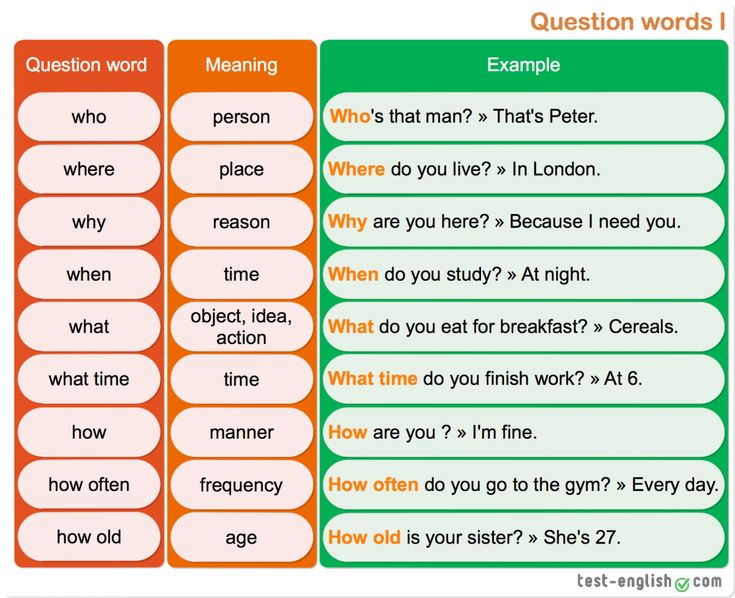
You can also track how well you're picking up chorey by jotting down a quick note in your log after class. Eg- 'picked up the first 32 counts but got lost after that'. Take brief notes like this for a week or two and then do the same in a few months to see if you're improving.
And this brings me to the final sign that you're a better dancer than you think:
7. You keep persisting.
Persistence is the one attribute that trumps all others. And it makes sense: no one gets anywhere by giving up! It's what's gotten you this far and it's the attribute you need above all others to reach your full potential. Want to see how good you can be? Then keep going!
0 Comments
9 Ways You Know You're a Dancer ...
9 Ways You Know You're a Dancer ...There are some quirks unique to dancers. Wondering what these are? Read on as guest contributor Meenakshi shares her favorites.
I am a dancer and I take great pride in it. What's not to love about dancing? Being a dancer gives you so many opportunities in life. And there are certain quirks to being a dancer too. Some good, some bad, some unique. So what are some of those quirks? Let's find out!
What's not to love about dancing? Being a dancer gives you so many opportunities in life. And there are certain quirks to being a dancer too. Some good, some bad, some unique. So what are some of those quirks? Let's find out!
1 You Always Have Bengay Handy
When you're a dancer, injuries are a common thing. Besides when you do it often, you start hurting and feeling body parts that you didn't even know existed. But I personally take pride in all my injuries. It makes me feel strong and accomplished as a dancer. That doesn't change the fact that I always have Bengay wherever I go!
2 Closet Space
My mom hates this, but half your closet is usually dance costumes that you have used in the past. I have the messiest closet ever and one of the main reasons is that half the clothes I have in it are from dance performances. And what's worse, is that some of them are too extravagant to wear to school or even on a regular day out. I keep them because I'm emotionally attached to them and really, can you blame me?
3 The Arguments
You know you're a dancer when you often find yourself in an argument with another athlete. And the topic of the argument is usually how dance is a sport. I have volleyball players, soccer players, track runners, and tennis players, for friends. So when they ask what sport I play and I say I dance, you can imagine how mad I get when they say, "That's not a sport." Well of course it is a sport!
And the topic of the argument is usually how dance is a sport. I have volleyball players, soccer players, track runners, and tennis players, for friends. So when they ask what sport I play and I say I dance, you can imagine how mad I get when they say, "That's not a sport." Well of course it is a sport!
4 Happy Feet
I am someone who can't keep their feet still, go figure. Let's face it, I'd rather go over my dance routine than listen to how E equals to MC squared. I find myself dancing to my next class. What can I say? My dancer feet have a mind of their own.
5 Music
All dancers need is a beat to get a movement going. So when music is playing, it takes a lot of determination to keep themselves down. It's instinct, you hear something, you start thinking, and before you know it, you've just choreographed the whole thing in your head. It's because we're trained to be able to follow a beat. Now I may be exaggerating a little bit here for some people because every dancer responds differently to a beat. How do you respond?
How do you respond?
6 Love Life
When you know how to do it, use it. Is dancing your go to flirting move? Dancing is an amazing way to seduce a guy. We dancers have to use what we know best. And when I mean dancing, I don't mean strip-tease! (good lord no). It could be just moving your hips and making eye contact with that cute girl/guy over there that's checking you out.
7 Eyes
Dancing isn't just moving your body back and forth. A dance tells a story that shows passion and emotion. And those kind of things come from your eyes. Again, I don't know if this applies for everyone, but it does for all the dancers I know. Dancers tend to speak with their eyes because that's how we tell the audience what we want them to feel. Now, this can vary from dancer to dancer because there are so many different kinds of dance formats.
8 Have Flexibility
Again, this can vary from dancer to dancer, but we tend to show off our flexibility. Dancers use their whole body so it's no wonder that we can bend our bodies in ways that most people can't.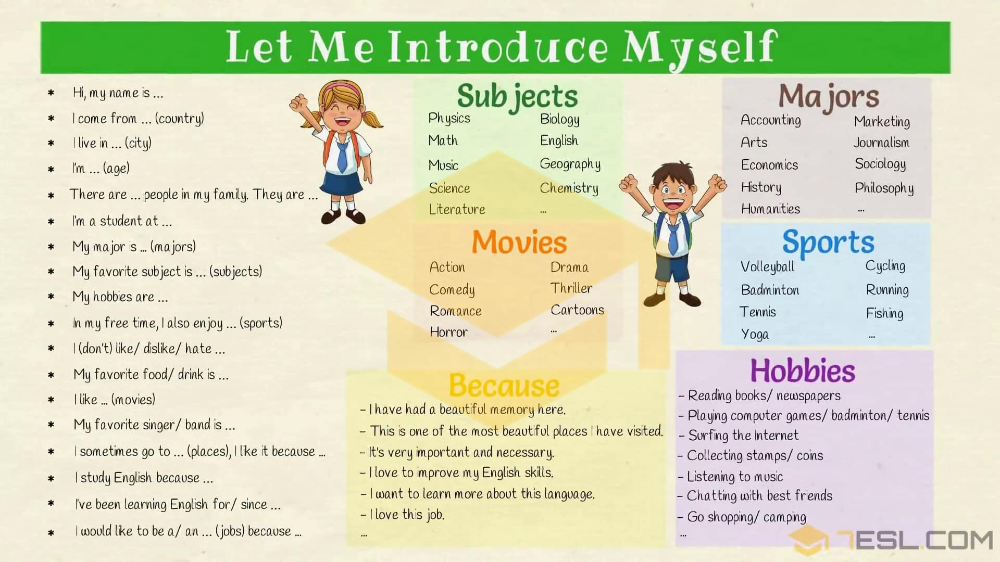 It's one of the reasons football players take ballet sometimes to improve their flexibility.
It's one of the reasons football players take ballet sometimes to improve their flexibility.
9 Have Mental Fitness
Like I mentioned before, dancers have good mental fitness. It's because as a dancer, we need discipline because dance training is no joke. Also, dancing in front of lots of people is a lot of stress and anxiety (unfortunately, I am still a little crowd shy but I'm working on it). Memory power also comes into play because you've got to remember your steps, then where to go, then facial expressions, technique, and who your partners are if you have one in a big group. Oi Vey!
Dancing is not an easy thing to learn, but it is so worth it! Dancing is what makes the world a beautiful place and we want to keep it that way. But I want to say something to all those dancers out there. There is always going to be someone out there who is better than you. But that is no reason to give up. Use it as motivation because that is what dancing is all about. Working hard and doing the best you can do.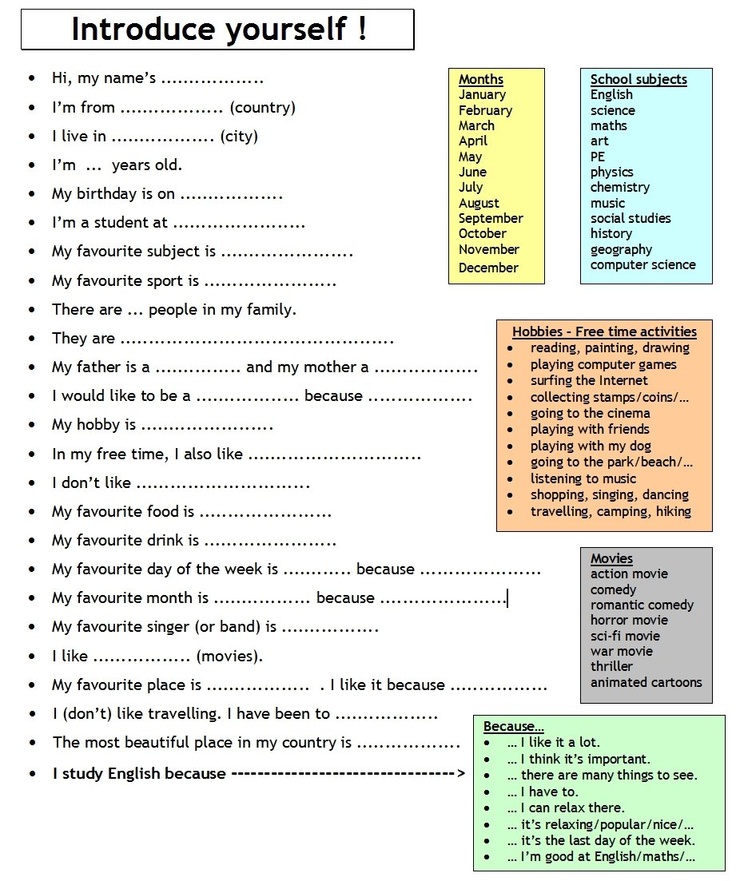 Don't let anything stop you from dancing because its the most wonderful talent you can have. It's one of those rare things that come from the soul. So what ever dancing you do, whether it be Ballet, Hip Hop, Jazz, Lyrical, Bharatnatyam, Salsa, or anything else, keep dancing!What kind of dances do you guys do? What's your favorite part about being a dancer?
Don't let anything stop you from dancing because its the most wonderful talent you can have. It's one of those rare things that come from the soul. So what ever dancing you do, whether it be Ballet, Hip Hop, Jazz, Lyrical, Bharatnatyam, Salsa, or anything else, keep dancing!What kind of dances do you guys do? What's your favorite part about being a dancer?
Please rate this article
☆☆☆☆☆
- guest contributor
Comments
Popular
Related
Recent
- What are the different food cultures ...
- Paris riche smoky always pearly pink ...
- How's your day answer ...
- Paris le smoky eye blinged ...
- How to look attractive to your crush in school ...
- What is vinegar made of ...
- Paris color riche le stylo smoky skirt ...
- Loreal paris color riche stylo pearly ...
What is the difference between a professional dancer and an amateur
Life in the modern world sometimes poses difficult questions for us.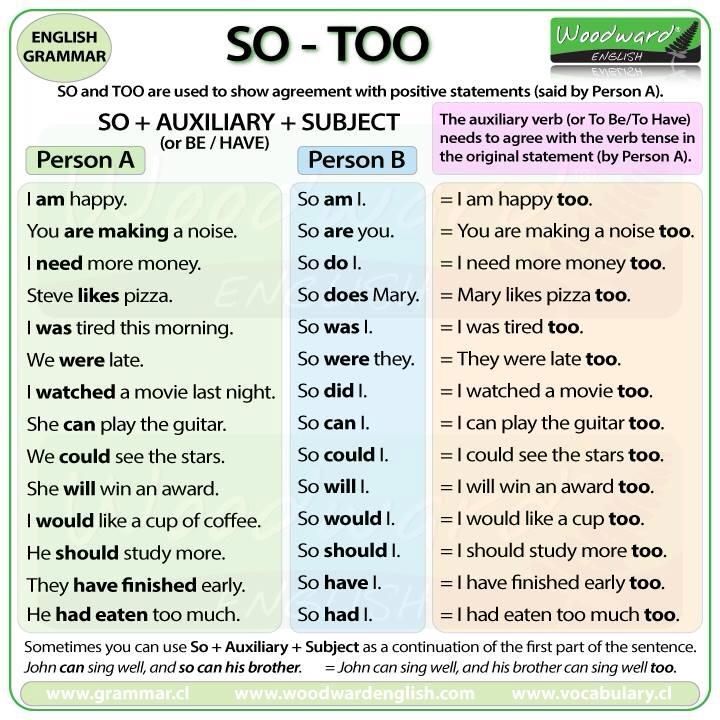 One of them: "What is the difference between a professional dancer and an amateur?". The question is difficult, because it includes rather vague terms. However, the prevalence of the use of terms does not imply the prevalence of their concepts. Everyone, as a rule, has their own opinion on the questions “Who is a dancer?”, “Who is a professional dancer?” and "What is an amateur?".
One of them: "What is the difference between a professional dancer and an amateur?". The question is difficult, because it includes rather vague terms. However, the prevalence of the use of terms does not imply the prevalence of their concepts. Everyone, as a rule, has their own opinion on the questions “Who is a dancer?”, “Who is a professional dancer?” and "What is an amateur?".
Therefore, we will analyze each term separately, and only after that we will try to answer this question.
The explanatory dictionary calls a professional a person who has made a certain occupation his profession (his main occupation).
An amateur is a person who has a penchant for any kind of activity, doing something out of interest, and not professionally.
The same dictionary calls a dancer a person who performs or knows how to perform dances. Dance in the same place is the art of plastic and rhythmic movements of the body.
Translating the question into sensible Russian, we get something like this:
“What are the signs that create the difference between a person who devotes most of his time to the art of rhythmic and plastic movement due to the fact that dance is his main activity, and a person involved in the same activity out of passion, out of interest.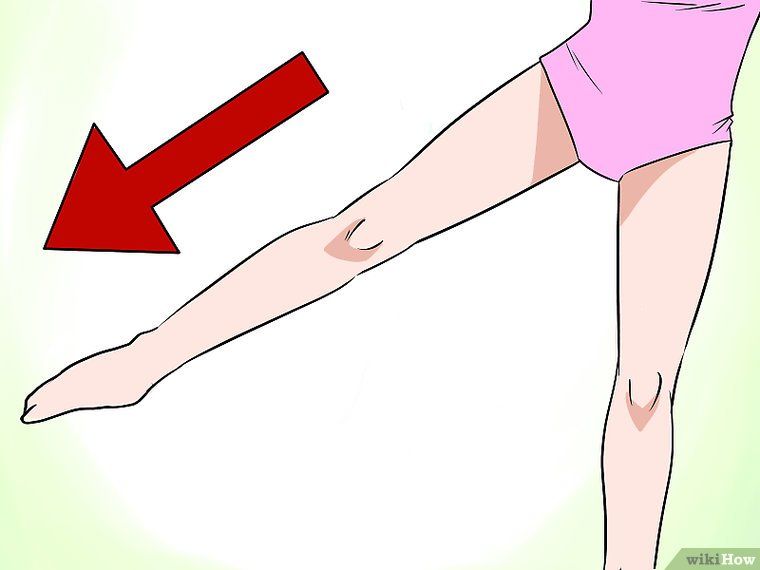
What are these signs? And what's the difference?
It is customary to oppose a professional and an amateur, in any field of activity. According to the definitions, it is clear that these are rather degrees of the same quality - enthusiasm. Enthusiasm is spontaneous, unsystematic, aimless and does not take much time characterizes the amateur. The same passion, which is of greater importance for the person himself, so important in his opinion that he should devote most of his time to it, characterizes the professional. Therefore, one of the signs that make the difference between a professional dancer and an amateur is the attitude towards dancing. For a dance lover, this is something of secondary importance, against the background of the activity to which he attaches so much importance that he devotes the main part of his life to it. For a professional, dancing is something very significant, something worth devoting your life to.
Of course, we are talking about a sober position, in terms of definitions.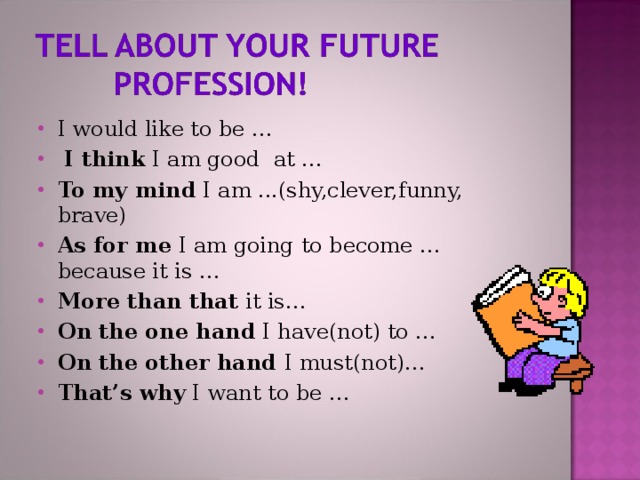 On living examples, it often turns out that it is precisely the attitude towards dancing that opposes a professional and an amateur. The professional, due to the routine nature of his craft, rarely loves his job as sincerely as the amateur who does the same thing, but according to his mood, and not according to the schedule. A professional is usually driven by calculation, or a conscious desire to achieve some goal. The lover is driven rather by passion, or an emotional attraction to the process itself.
On living examples, it often turns out that it is precisely the attitude towards dancing that opposes a professional and an amateur. The professional, due to the routine nature of his craft, rarely loves his job as sincerely as the amateur who does the same thing, but according to his mood, and not according to the schedule. A professional is usually driven by calculation, or a conscious desire to achieve some goal. The lover is driven rather by passion, or an emotional attraction to the process itself.
In short: A professional must dance whether he wants to or not. Amateur - can dance whenever he wants. This follows not from statistics, but from the definitions of these two concepts.
It happens that a professional dancer not only has to, but also wants to dance, and no less than an amateur - but now we are talking about differences, not similarities.
If the first sign paints a bleak picture for a professional dancer, then the second sign somewhat compensates for this bleakness.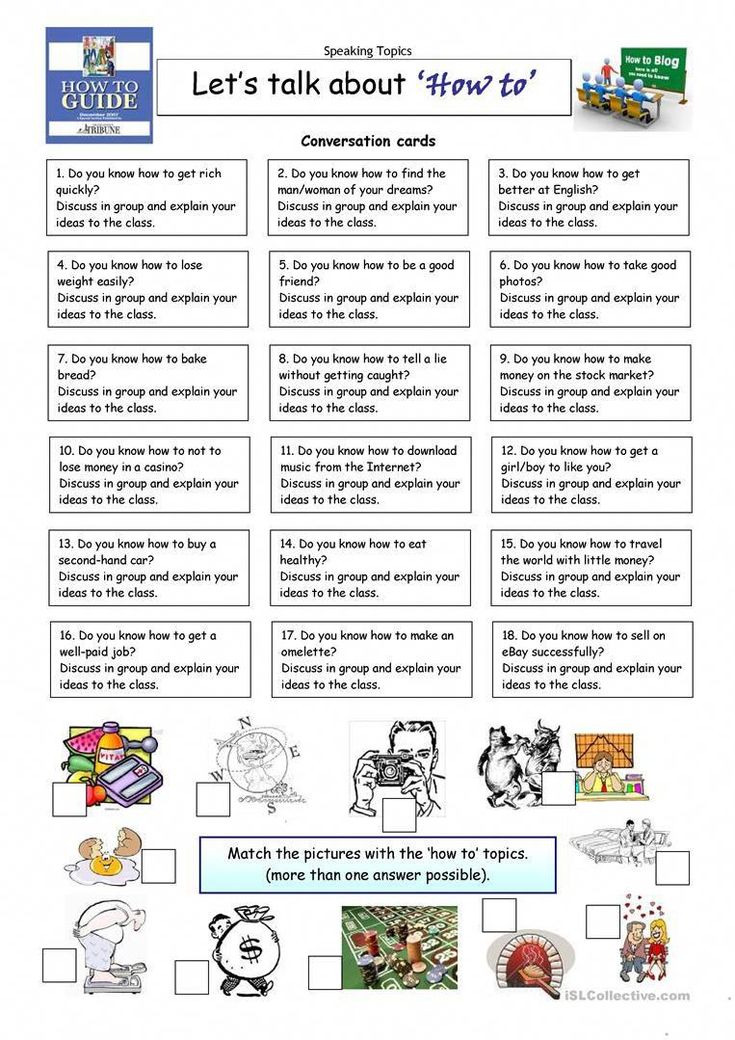 The second sign is the level of skill.
The second sign is the level of skill.
In this sign, the amateur and the professional, again, are not opposed, but arranged in order. Or you can say that the level of skill of a professional includes the level of skill of an amateur. A professional dancer, having more practice, devoting more time to it, compared to an amateur, has an incredible technique of movements, often a wider and more thoughtful set of movements, has a lot of information, including relevant, about dancing. A professional can dance this way and that. The amateur usually dances just the way he likes. And it is not uncommon for him to like it alone.
In other words: The amateur wants to dance, whether he can or not. A professional can dance whenever he wants. This also follows from the definitions.
It happens that an amateur not only wants to dance, but also knows how to dance as well as a professional - but we are talking about the differences between the two concepts.
It can be seen that one and the same person in different cases can manifest himself both as an amateur and as a professional, and even in the same area, even in a relatively short time interval between these cases.
You can also notice that today the expressions “professional dancer” and “professional” denote a person not only dancing professionally, but also having reached a certain level of skill or recognition, and are used exclusively in a respectful sense. While a person who has made dancing his profession does not always surpass another modern amateur in terms of recognition and skill. Therefore, hanging such labels - even trying to praise someone - is not the best idea.
It is enough just to know about the difference between these two ways, two ways of life, applicable to dancing and not only - doing business due to the prevalence of reasonable grounds, or doing the same business due to unreasonable attraction; and also that one does not always interfere with the other.
Author — Anatoly Karmazin
Author:
More articles:
The most important skills of a dancer: ailev — LiveJournal
I came across a video of Alexander "Dragon" Kuskov, where an opinion close to mine is expressed about the dancer's skills --s: //youtu. be/_OMctTXr5Cw.
be/_OMctTXr5Cw. 1. Body control - isolation (say, the passage of a wave crest over an otherwise immobile body), fixation (for example, dimestopping)
2. Plasticity and stretching (the ability to move in amplitude and air)
3. Dancing "from music": energy from music
4. Speed control to make music visible (in kizomba it is called musicality)
5. Principles of performance: basic ideas of dance body)
6. Improvisation: combinatorics, working with space, learning to improvise with simple movements
7. Basic energy skill when dancing "from the inside" and not just "moving to the audience"
8. Ability to convey an idea when dancing (saturate the dance form with your mind ).
Yes, I once told my students: you can randomly move your hands, body and legs, not to the music - but if you achieve that at least your head (or better - a head with shoulders) will be at the same time motionless relative to the floor, then the audience will have the complete impression that you are not having inept convulsions, but just such a dance. And for those who understood what I was talking about, everything turned out many times faster than for those who did not understand.
And for those who understood what I was talking about, everything turned out many times faster than for those who did not understand.
So in August I started to restore my skills as a dancer, first of all with body control - after all, over the past thirty years of non-dancing, I completely lost isolation and fixation. Once my body control was quite at the level (I danced the robot style in my youth, and not bad!), Then I restored the isolation more or less quickly.
Of course, without body control, no basic step in the same kizomba will work. In kizomba, the body must "swim" at a constant speed, the partner is led by a frame - and this "frame" (the working area between the arm and the body) must be reliably isolated from all other movements, especially the movements of the legs and head. This is what I paid some attention to - and all my success in kizomba (and I already sometimes manage to send partners into a trance in training) can only be explained by this. But with fixation, dimestopping - there are still huge problems here, the body does not obey. Here, take a look at how fixation occurs in urban kiz - partners constantly freeze no worse than robot style performers, only they also do it in pairs, absolutely synchronously, without losing connection, dancing JoJo and Mikaela: https://youtu .be/Q6U4hvpTFoE. These dime stops (instantaneous fading at full speed) I can’t do yet - the skill is slowly remembered, but not quickly and not completely. Well, I’m unlikely to have plastic with stretching at my 58 years old at least at some level - although in kizomba this is also necessary: the body is regularly twisted there, be healthy, and plastic footwork is needed in quantity.
Here, take a look at how fixation occurs in urban kiz - partners constantly freeze no worse than robot style performers, only they also do it in pairs, absolutely synchronously, without losing connection, dancing JoJo and Mikaela: https://youtu .be/Q6U4hvpTFoE. These dime stops (instantaneous fading at full speed) I can’t do yet - the skill is slowly remembered, but not quickly and not completely. Well, I’m unlikely to have plastic with stretching at my 58 years old at least at some level - although in kizomba this is also necessary: the body is regularly twisted there, be healthy, and plastic footwork is needed in quantity.
What's next? And then, on the basis of these skills, of course, it was necessary to learn the basics, which I honestly did for four months - exactly to the extent of restoring the body control skill and some kind of advancement in plasticity. Everything else, of course, is much easier for me.
* * *
Who has read up to this point - bonus about rebit.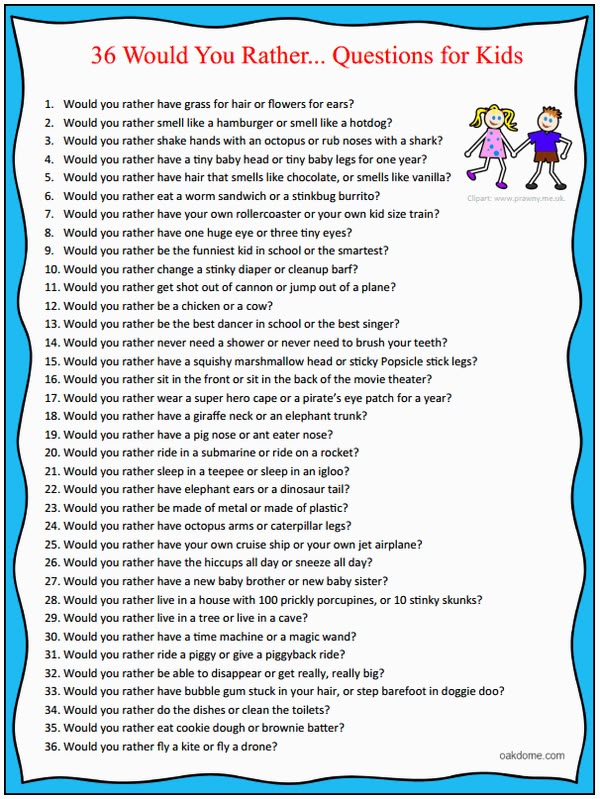 Rebita (aka massemba) is the predecessor of semba, who is the mother of kizomba. I wrote about rebitha in "where did kizomba come from" (http://ailev.livejournal.com/1319839.html):
Rebita (aka massemba) is the predecessor of semba, who is the mother of kizomba. I wrote about rebitha in "where did kizomba come from" (http://ailev.livejournal.com/1319839.html):
Rebita - dance of jokes and jokes, based on sex. As politically correct write in English sources, Known as umbigada, or “belly-bumping” in Portuguese, the dance is characterized by a hip thrust meant to mimic the act of procreation. But sex here is social, like a bonobo - the basis for spiritual pastime, jokes and relaxation. Watch the rebit/massemba video and you won't have any questions: https://www.youtube.com/watch?v=lKEySRc4-1k .youtube.com/watch?v=YVAfWS9ADgE), here is also quite frankly towards the end of the dance: https://www.youtube.com/watch?v=NhVo8lqY_AM, and here too: https://www.youtube.com/watch?v=URduBrGNxFc, and here it’s the other way around, grand and decent in a carnival way: https://www.youtube.com/watch?v=bpxONil9_mM and https://www.youtube.com/watch?v=Bzbe7BrtwwA.At the end of January, the rebit was placed in Russia - in St. Petersburg (https://vk.com/video175030_456239031):Or here: https://www.
youtube.com/watch?v=CAUbepspo80 - this is, by the way, Brazil. In Brazil, you can also find a rebita/massemba by the name Batuque de Umbigada -- https://www.youtube.com/watch?v=8M3BNcQnZsU, https://www.youtube.com/watch?v=Havd6FL0sdQ. But the rhythms are already diverging, the music is different. And the instruments get confused: dikanzu is called a river-river (https://vk.com/wall-6772219_2313).
As always in such cases, a remark was immediately received from the zealot of traditions Pedro Salakiako (https://vk.com /wall304031058_3134?reply=3138): "Of course it's fun, the guys did their best, but according to our tradition, the girl never gives or answers at the moment of massemba - the rebita is done by a man))) And the sound that is made at the moment of massemba does not come from touching the body, namely, kicking with an accent on the floor. In other ways, we also have the Angolan younger generation, those who dance not correctly, so people think that this is sex and a joke, although it is not, so it is also our fault .
My opinion here is this: if you want the dance to live, it needs to be modified. The show number was clearly not intended to achieve museum authenticity. As for museum authenticity, it is certain that in Angola, in different places, the massemba was completely different - and different "young generations", of course, understood (and will understand) this tradition in absolutely different ways. The language lives and changes, there are always dialects in it, and if the language suddenly becomes ossified (like, say, ancient Greek or Latin), then this is already post mortem. This applies to dance in full measure. While the rebita is being danced, adapted to the present (for example, as in the production under discussion they are mixed with kizomba - bypassing even the intermediate semba), the dance lives on. So, he already lives in Russia. And the jokes from it live on, including that same semba/umbigada/belly punch. Look, there is such a moment in the urban kiz video by JoJo and Michaela - and even behind the scenes at this moment, a giggle from the audience is heard, these are all dances of the same cultural root, although they are different beyond recognition!
Pedro Salaiiako, of course, "keeper of the tradition" and "for the correct traditional names".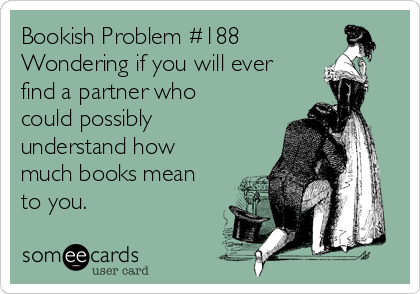 I left him a comment on this: https://vk.com/wall216279468_390. I just offered to accept that the word "kizomba" today means a lot of things besides traditional kizomba. Well, it means that those who want to point to traditional kizomba need to pronounce two words (traditional kizomba), and not all other people who use this word should refuse to use the word kizobma. As soon as the meaning of this word stops changing - that's it, it's time to dance to the museum of dead dances. In the meantime, the dance is alive and danced for pleasure, not to preserve tradition.
I left him a comment on this: https://vk.com/wall216279468_390. I just offered to accept that the word "kizomba" today means a lot of things besides traditional kizomba. Well, it means that those who want to point to traditional kizomba need to pronounce two words (traditional kizomba), and not all other people who use this word should refuse to use the word kizobma. As soon as the meaning of this word stops changing - that's it, it's time to dance to the museum of dead dances. In the meantime, the dance is alive and danced for pleasure, not to preserve tradition.
UPDATE: it turns out that Pedro not only debates, but also deletes comments he doesn't like. Here is my comment, which he deleted from the thread, so his last answer is not even very clear:
1. Technical progress and dance have nothing to do with it, we are talking about terminology, the laws of the language - they are the same everywhere, even if we talk about sports ( let's say football in Europe and the USA are completely different footballs), even about technology, even about dancing, even about cooking.The dispute is not about whether kizomba is urban kiz or not kizomba. Debate over what to call it. In my opinion, there is no problem: mathematicians are not confused when they call "geometry" or "logic" all variants of geometries or logics, and when they mean Riemann's geometry or some version of temporal logic. It is not clear why in dance this approach is embarrassing.
There is another approach, "copyright" - when the Xerox firm swears that someone says "I have a canon-type copier." But I repeat: the language develops according to its own laws, and all that can be done here is to educate. People will not stop calling copiers copiers because the trademark belongs to some company. In the case of dances and their names, the very concept of "belonging" is blurred.
It seems to me that there is no particular problem here if you are engaged in education - just as you can tell people about the photocopier and canon where these words came from, and what they meant before and how they are used now, you can do the same about dance.

